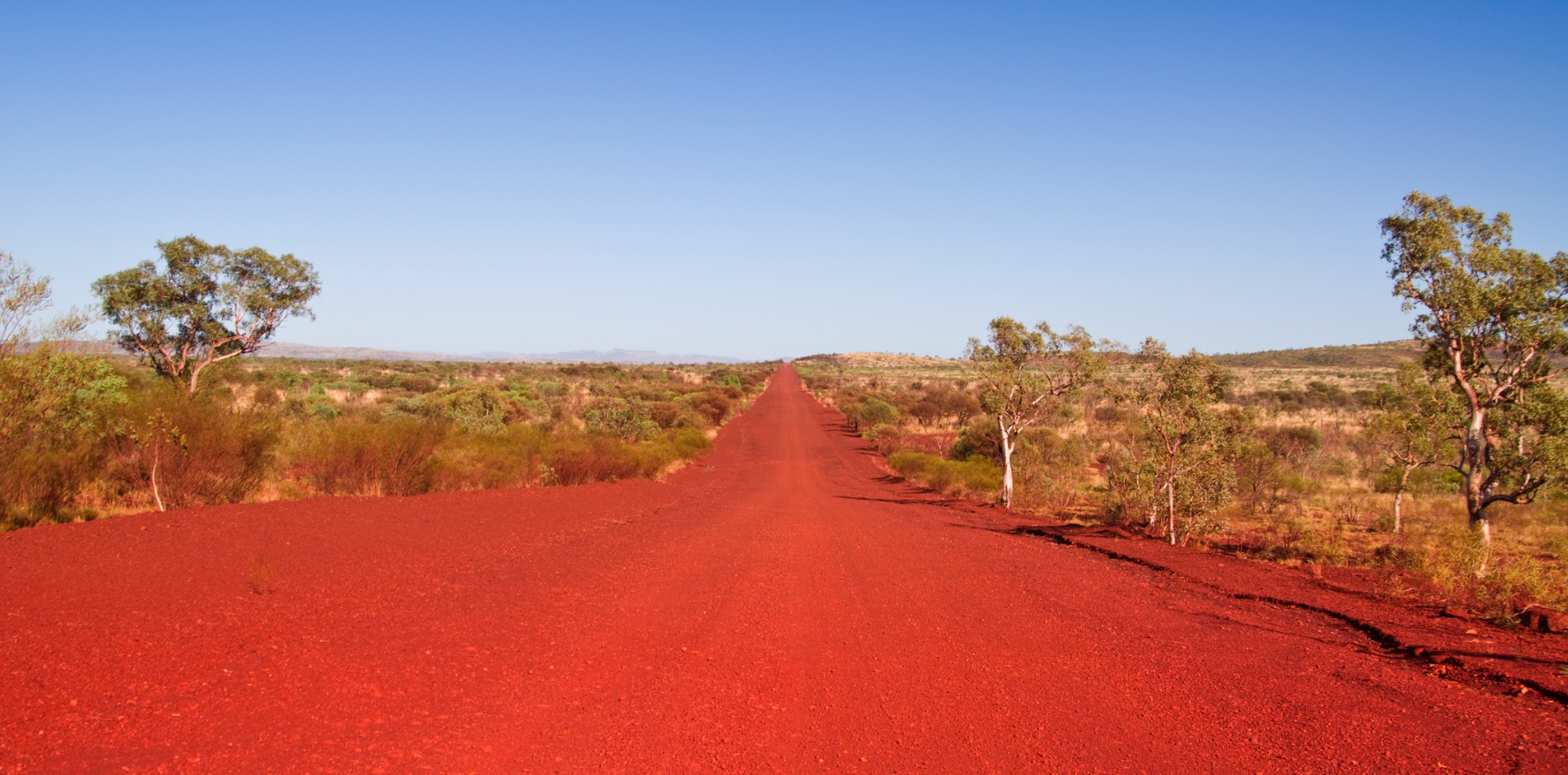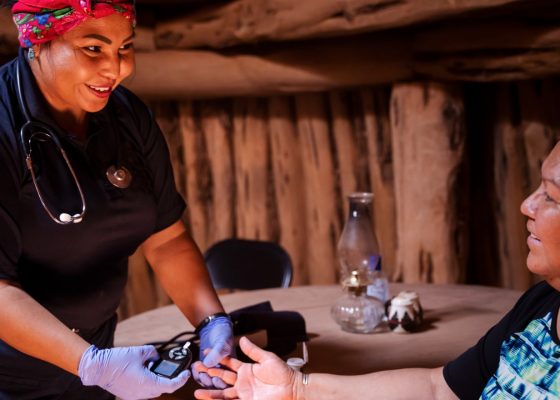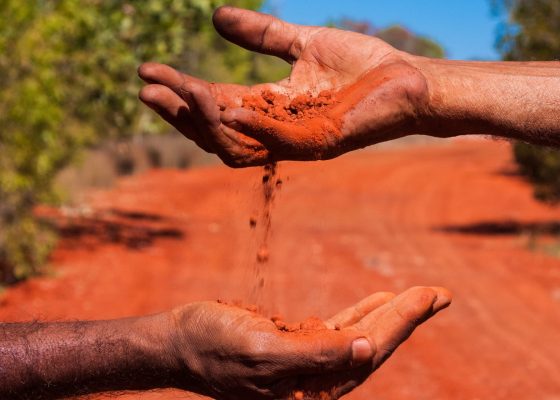Survey data from 500 Indigenous Australians in remote and very remote areas shows more than half had sacrificed paying for essentials to stay connected.
Around 43% of First Nations communities and homelands across Australia have no mobile service, new research from RMIT has shown.
Comparing barriers to accessing digital technologies in 12 remote First Nations communities compared to the national population in 2022, researchers found that 46% of remote First Nations communities were considered highly excluded from technology, compared to only 9% for non-Indigenous Australians.
Based on the Australian Digital Inclusion Index’s 100-point score for digital inclusion, First Nations people on average were ranked 7.5 points lower than non-Indigenous Australians for access to digital technologies.
This gap widened drastically to 24 points for those in remote areas, while First Nations people in very remote areas scored 25 points lower for digital inclusion than other Australians.
Around 94% of First Nations participants surveyed said they’d used pre-paid mobile services and 75% said they were mobile-only users, with only 14% of households in remote and very remote areas reporting having fixed broadband.
Fifty-three percent said they had sacrificed paying for essentials such as food or bills to maintain their internet access, compared to 19% of non-Indigenous Australians.
According to RMIT senior research fellow and lead investigator Dr Daniel Featherstone, excessive costs for pre-paid data and low household uptake of fixed broadband had hindered access to mobile services for remote First Nations communities.
“While pre-paid services allow people more control over mobile costs, they typically cost more per gigabyte,” Dr Featherstone said.
“This often leads to data rationing and periods without service. These affordability constraints have a significant impact on access.”
“Improving digital inclusion and access to services is critically important to ensure informed decision-making and agency among Aboriginal and Torres Strait Islander people.”
The report is the first to measure disparities in digital access for First Nations people across demographic indicators according to categories of remoteness.
More detailed findings are available in the “Mapping the Digital Gap” 2023 report.
Do you have a story tip for us, or a topic you would like to see us cover? Contact the editor at editor@healthservicesdaily.com.au.




